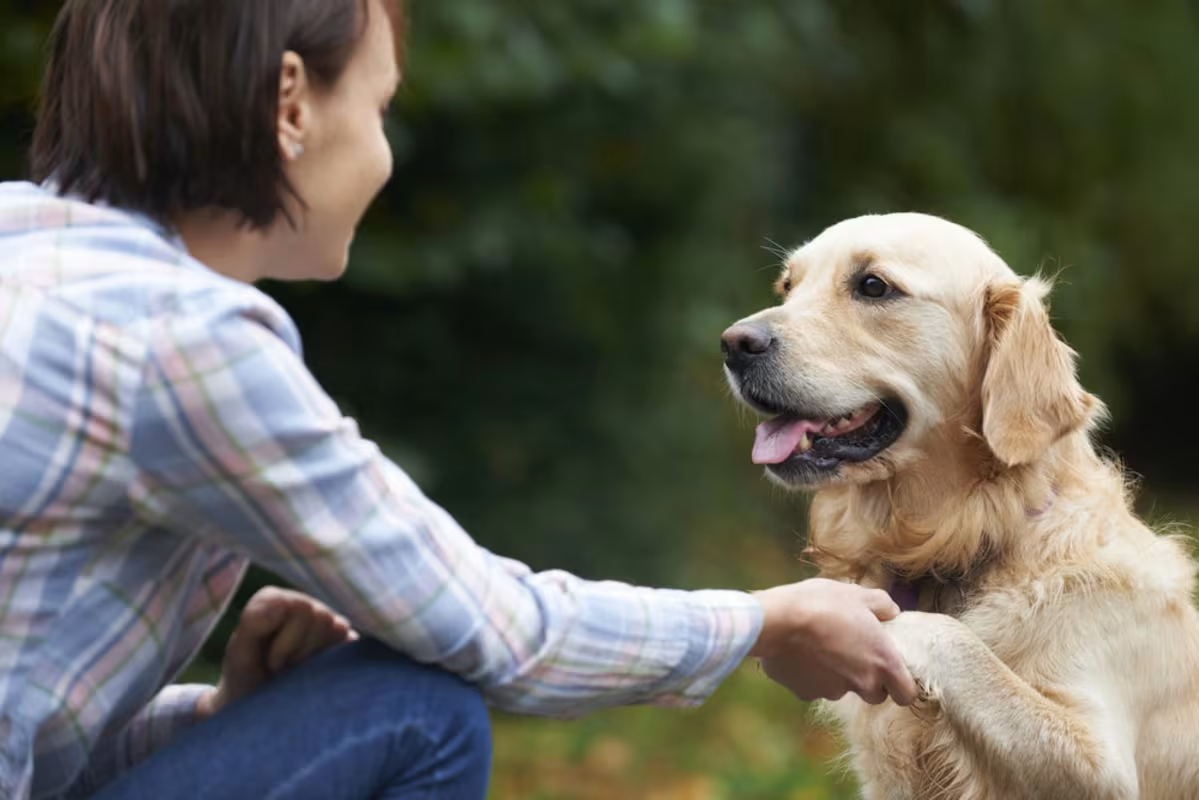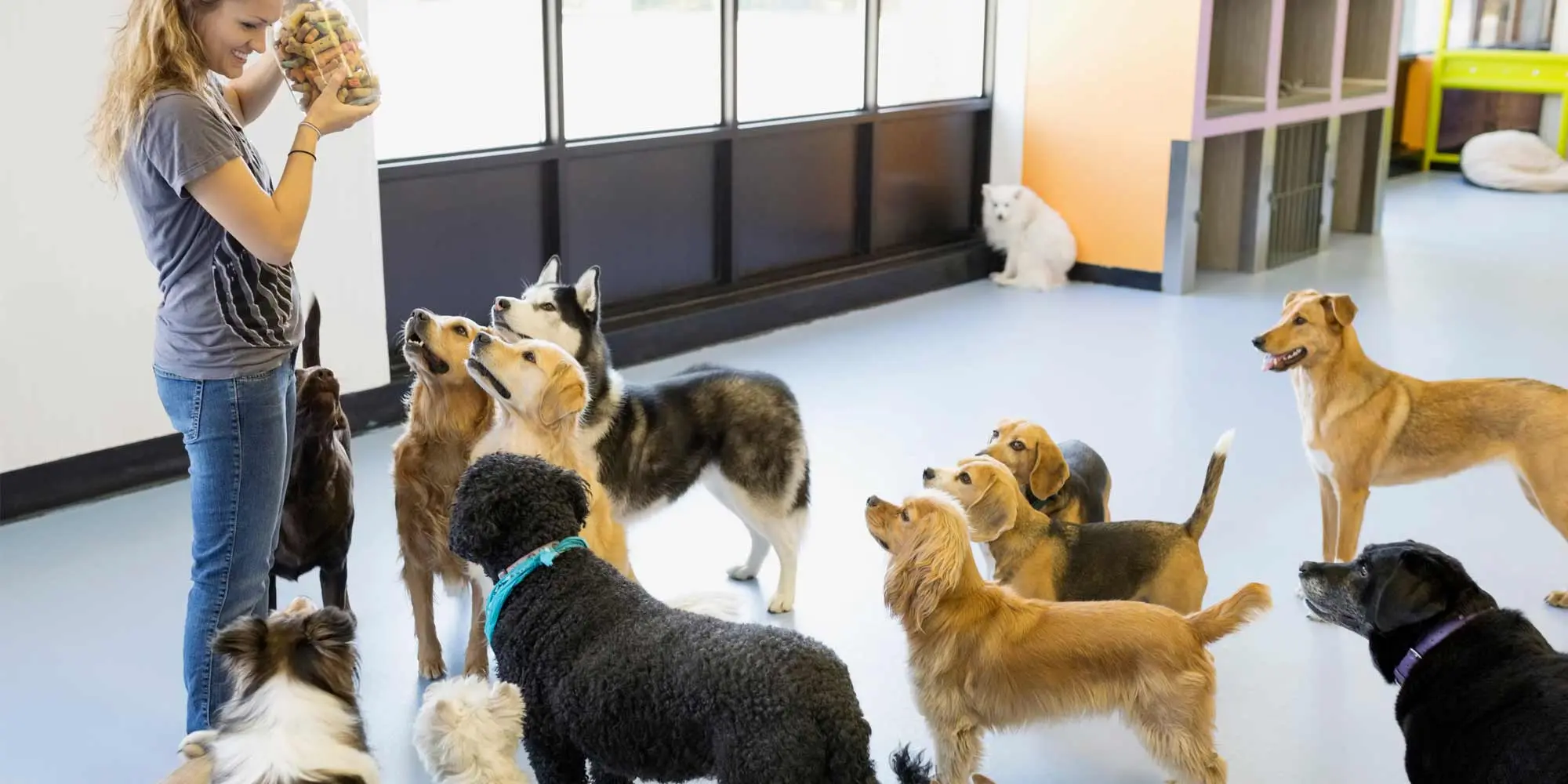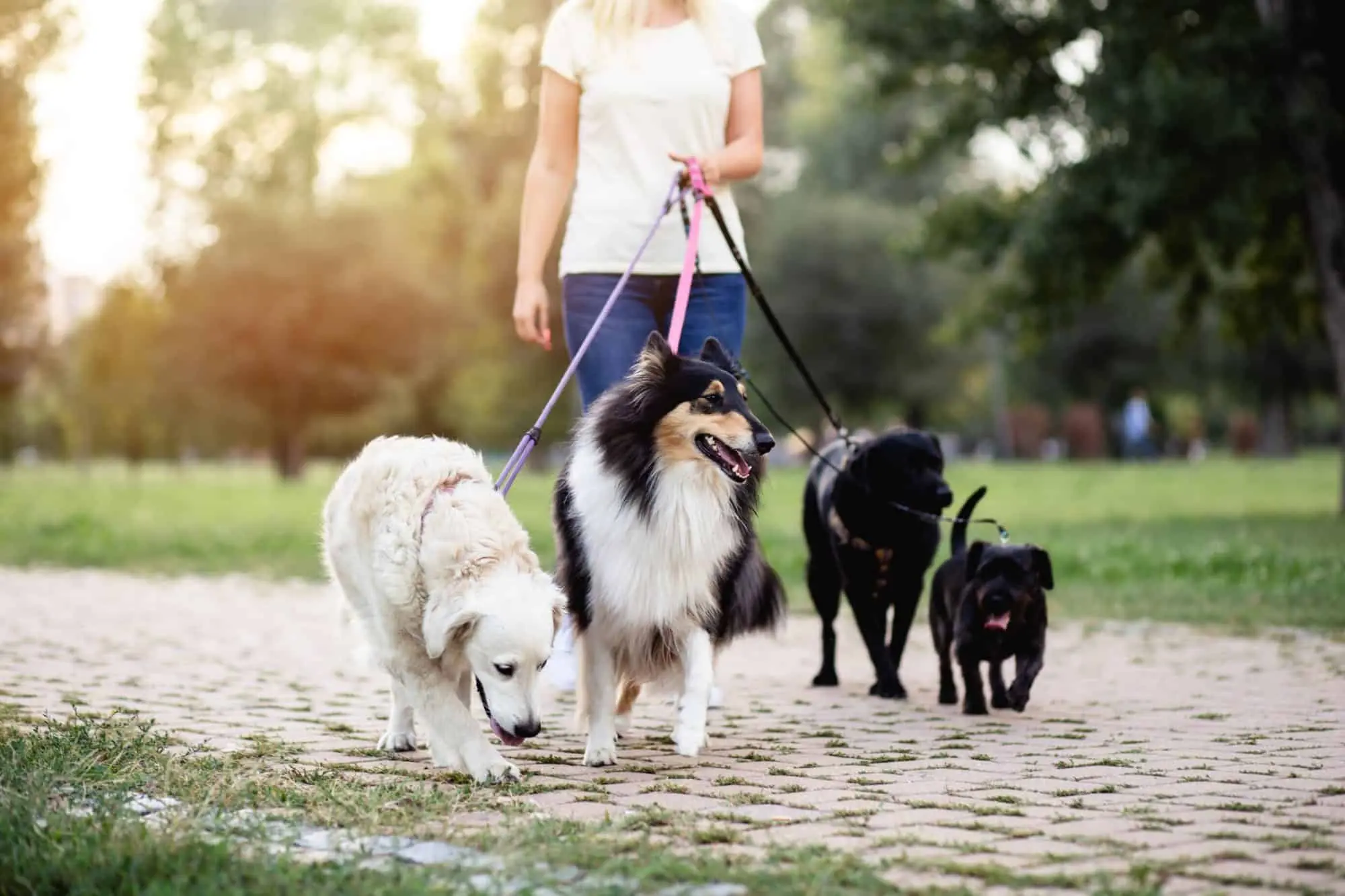
Dog training is not just an essential part of pet ownership; it’s a bonding experience that can enhance your relationship with your furry friend. By employing effective training techniques, you can correct unwanted behaviors and promote positive habits. Below are some powerful tips that can help you achieve better behavior in your dog.
Understanding Your Dog's Behavior
Before diving into training techniques, it's crucial to understand why dogs behave the way they do. Dogs communicate through their actions, and understanding this language can help you respond appropriately. Common behaviors include barking, chewing, and jumping, which may stem from boredom, anxiety, or a need for attention. Recognizing the root cause of these behaviors is the first step in effectively addressing them.
Establish a Routine
Dogs thrive on consistency. Establishing a daily routine helps your dog know what to expect, reducing anxiety and unwanted behaviors. A typical routine should include:
- Regular feeding times
- Scheduled walks
- Consistent training sessions
- Playtime
Consistency in your routine reinforces good behavior and can significantly improve your dog's overall temperament.
Positive Reinforcement
One of the most effective dog training techniques is positive reinforcement. This method involves rewarding your dog for good behavior rather than punishing them for bad behavior. Rewards can include treats, praise, or playtime. Here’s a simple chart to illustrate this method:
| Behavior | Reward |
|---|---|
| Sitting on command | Treat and praise |
| Walking calmly on a leash | Playtime at the park |
| Not barking at strangers | Extra affection |
By consistently rewarding positive actions, you reinforce the behaviors you want to see more of.
Short Training Sessions
Dogs have limited attention spans, especially puppies. Keep training sessions short—approximately 5 to 10 minutes—and engaging. This method helps to retain your dog’s focus and makes learning more enjoyable. You can hold multiple short sessions throughout the day rather than one long session. This will help your dog absorb the information better.
Socialization is Key
Socializing your dog is fundamental for good behavior. Exposing your dog to different environments, people, and other animals can help reduce fear and anxiety, leading to better behavior. Try the following socialization techniques:
- Visit dog parks
- Invite friends and their dogs over
- Enroll in group training classes
Early socialization is especially critical for puppies, as it sets the foundation for their behavior as adults.
Use Clear Commands
When training your dog, use clear, consistent commands. Simple commands like “sit,” “stay,” and “come” should be used consistently across all training sessions. Avoid using multiple phrases for the same command, as this can confuse your dog. For example, always use “sit” rather than mixing it up with “sit down.”
Patience is Essential
Training your dog requires patience. Dogs learn at different paces, so it’s important to remain calm and avoid frustration. If your dog is not picking up a command, take a step back and try again later. Remember that every dog is unique, and some may take longer to learn than others.
Addressing Behavioral Issues
If your dog displays problematic behaviors, it’s essential to address them promptly. Common issues include:
- Excessive barking
- Aggression towards other animals or people
- Destructive chewing
For each issue, identify the triggers and work on desensitizing your dog to those triggers. For instance, if your dog barks at the mailman, practice controlled exposure while rewarding calm behavior. If aggressive behavior is severe, consulting a professional dog trainer or behaviorist may be advisable.
Conclusion
Training your dog is an ongoing process that requires time, patience, and commitment. By employing these effective dog training tips, you’ll not only improve your dog’s behavior but also strengthen your bond with your furry companion. Remember, the goal is not just to train but to create a happy and well-adjusted dog that fits seamlessly into your lifestyle.






